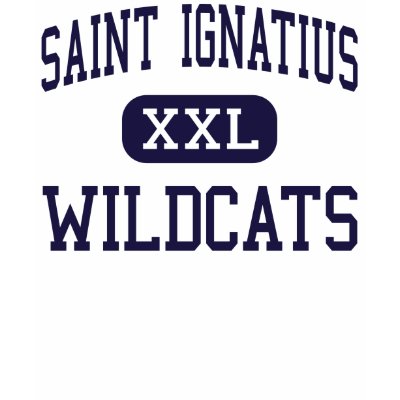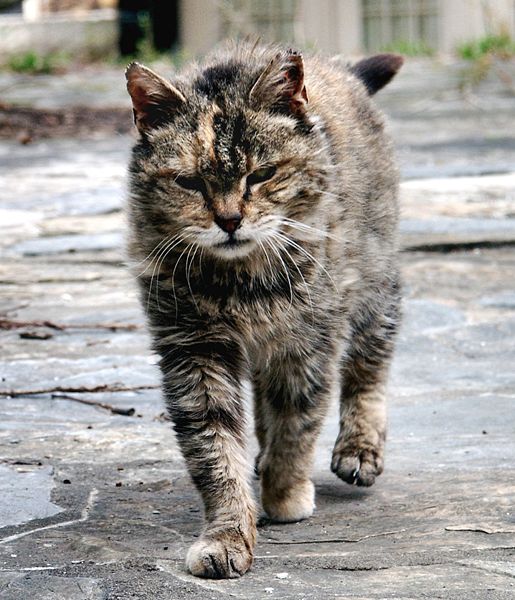
Pilgrims -- people walking -- attend to their feet. They have to: feet determine speed, progress, and levels of pain. While hiking the Camino, we posted endlessly about our feet. I shopped for moleskin the way I shop for lipstick back home.
Pray-ers -- people praying -- attend to their hands. Indeed, praying means doing something with hands other than texting, typing, and gripping a steering wheel. Pray-ers either fold their hands together, as if trying to keep them away from all manual distractions, or they keep them open and ready to receive. Martin Luther wished he could pray "like my dog at table waits for a bone."
The pilgrimage of the moment leads through the mysterious terrain of prayer. Since Lisa and I are teaching course on comparative spiritualities, Lutheran and Ignatian, we're learning lots from two spiritual masters who not only wrote about prayer -- but did it.
Luther demolished an edifice of intercessors, saints and priests upon whom people could call to act as intermediaries between them and the divine mystery. The believer stood naked before the mystery, clothed only in the righteousness of Christ. I bet those hands, folded or not, were shaking. I bet those pilgrim feet were quaking.
Someone as ordinary as Luther's barber, Peter Beskendorf, noticed the nakedness -- and asked the obvious: "OK: you've taken away everyone I had praying for me. How then shall I pray?" And Luther's response comes in the form of a letter, "A Simple Way to Pray" (Luther's Works, Vol. 43). Presenting some scriptural texts, the Lord's Prayer and the Decalogue, along with the Apostle's Creed, he first invites Peter to let the text instruct him -- surprise him with a new insight, the "Aha!" moment; then, let the text prompt his gratitude -- the "thanks!" moment; then, allow the text convict him -- the moment of penance; and finally, let the text remind him of those in need of his prayer -- the moment of intercession. It is a "simple" way to pray: Luther essentially uses scripture as the foundation for prayer.
Imagine the hands above filled with words.
Ignatius' analogous form of prayer uses, not biblical words, but experience. He invites believers to look about over the day, thanking God for the day's blessings (the moment of thanks); asking for grace to see and overcome shortcomings (the moment of penance); reviewing the day for moments of desolation and consolation (the "Aha!" moment, now yielding psychological, not didactic, insight); seeking God's forgiveness (another moment of penance); and finally, planning for the future. Dennis Hamm SJ describes this form of prayer, known as the Examen (Exercises 24-43), as "rummaging for God" by moving "backwards through your day."
http://ignatianspirituality.com/ignatian-prayer/the-examen/rummaging-for-god-praying-backward-through-your-day/
Imagine the hands above filled with experience, the lived experience of the one praying.
The two ways are striking in their similarity, but very different in the "stuff" of prayer. Both attend to the elements of instruction and gratitude, penance and forgiveness. But scripture and experience are very different sources to engage.
Finally, we need both: a way of reading scripture for life and a way of reading life through the eyes of scripture.
Mostly, though, I yearn to pray with the concentration of Luther's dog!





